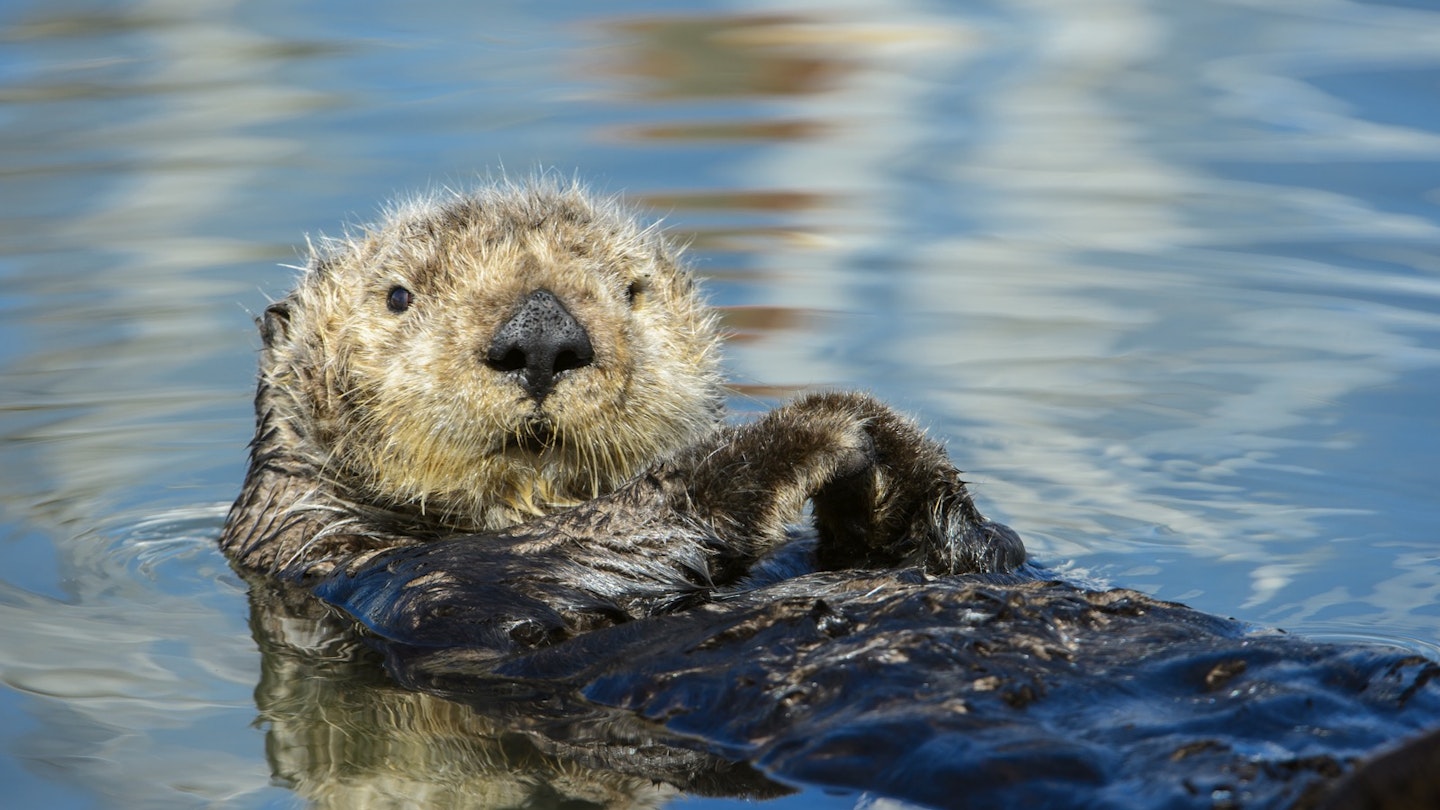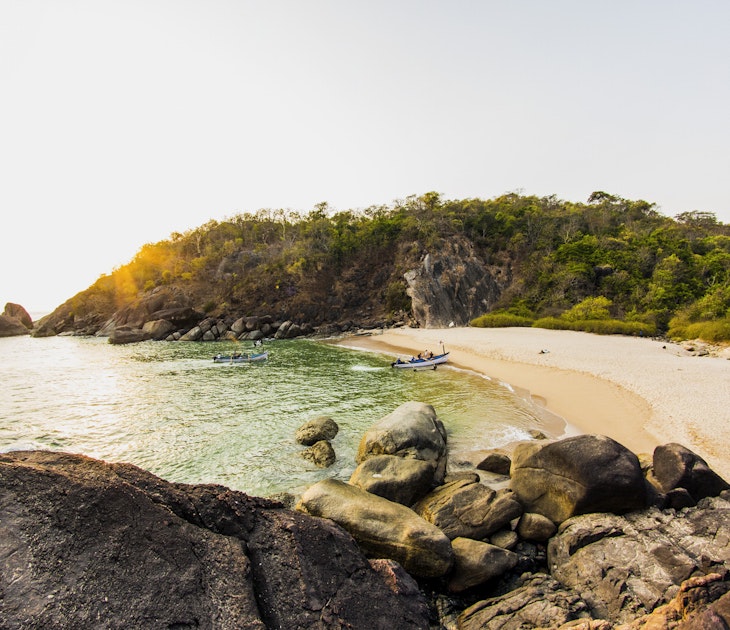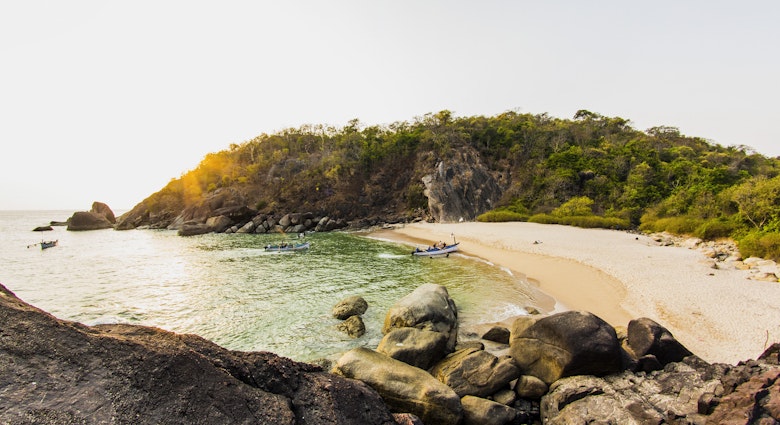Ready for coastal California's top wildlife spotting adventures? Here you'll find the USA's mini version of the Galápagos Islands, as well as an underwater canyon as big as the Grand Canyon.
The Golden State's 1100-mile shoreline abounds with tide pools, kelp forests and protected bays and beaches too. Whether you dive into the Pacific or just amble along the sand, you won't be disappointed by the biodiversity California puts on view, from tiny sea stars to the biggest animals on earth.

Spying on southern sea otters
California's sea otters were once hunted to the brink of extinction for their silky, warm pelts, luxuriously lined with up to one million hairs per square inch. Only about 50 sea otters were left living off the Big Sur coast by the late 1930s.
Now protected by law, California's otter population is rebounding thanks to scientific conservation efforts. More than 2000 otters thrive in shoreline kelp forests between Half Moon Bay, south of San Francisco, and Ventura, north of Los Angeles.
You can spot otters wrapped in their aquatic beds of kelp blades from many of the piers along the Central Coast, like in Santa Cruz, or in sheltered bays such as Morro Bay. To get an even closer look, paddle out in a sea kayak, which you can readily rent almost anywhere along the coast between Santa Cruz and Santa Barbara.
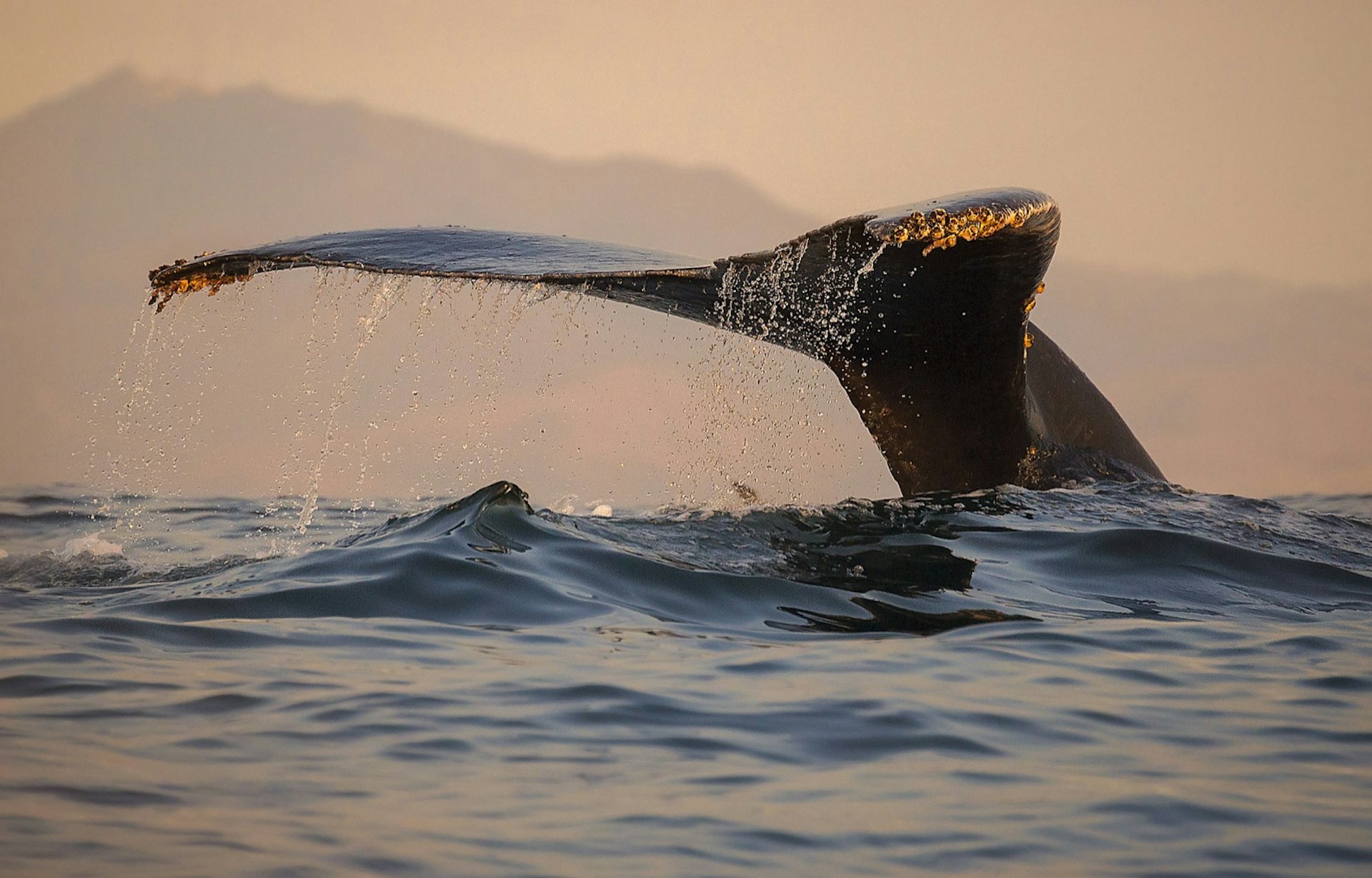
A year-round parade of whales
You won't soon forget your first sight of a whale breaching out of the Pacific. Winter is prime time for spotting whales all along California's coast. Between December and March, enormous gray whales travel over 10,000 miles between the icy waters of Alaska, where they feed, to the warm birthing lagoons of Baja California in Mexico, making theirs one of the world's longest migrations.
During summer and fall, humpback whales and blue whales – the latter holding record status as the largest animal on the planet – also swim along California's coast.
Hop aboard a whale-watching cruise from just about any California port town, most popularly Monterey. Look for cruises that have an on-board naturalist and headphones for listening to whale songs. If you don’t see any whales on your first time out, some boats will let you ride along again for free.
Alternatively, landlubbers can watch for whales from scenic vantage points sprinkled along California's coast, including Point Reyes National Seashore, northwest of San Francisco.

Sociable sea lions & harbor seals
It's even easier to make your acquaintance with California's sea lions, which you'll probably hear noisily barking before you even see them hauling themselves out onto rocks and piers. Sea lions are often confused with smaller, sausage-shaped harbor seals. To tell these pinniped cousins apart, look for the earflaps and whiskers that sea lions have, while harbor seals have earholes and much shorter flippers.
San Francisco's Pier 39 was famously taken over by sea lions after the 1989 Loma Prieta earthquake. Today tourists come in droves to see these sea lions fighting and climbing over each other to claim a coveted spot in the sun atop the pier. You can watch the antics of both sea lions and harbor seals at many places along California's shoreline, including windy Point Lobos State Natural Reserve in Carmel-by-the-Sea.
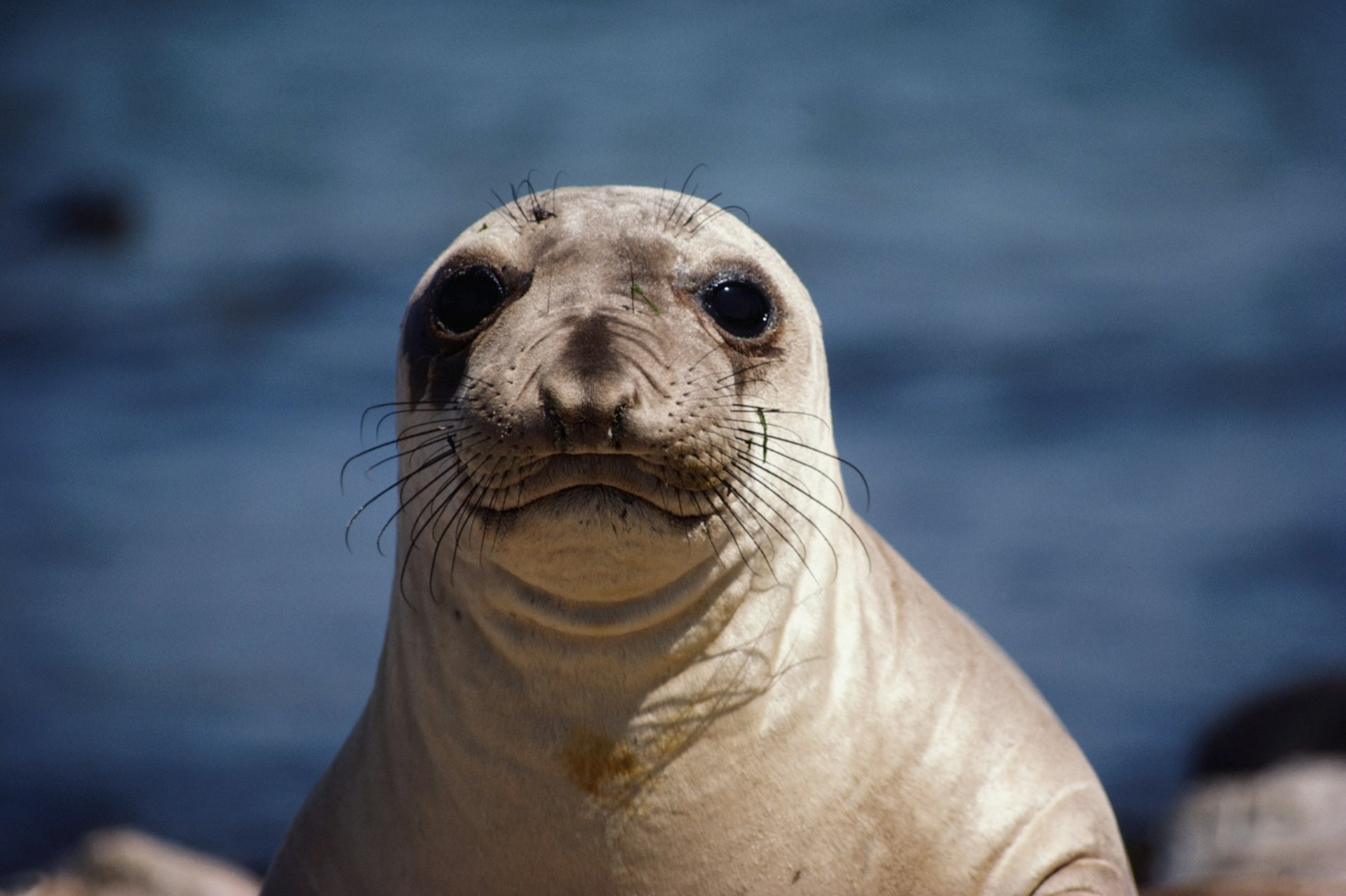
Coastal giants: northern elephant seals
Far bigger than even sea lions, northern elephant seals were once hunted for their oil-rich blubber. No longer endangered, these gigantic, multi-ton seals make seasonal stopovers in California during marathon swims up and down the West Coast, some journeying from as far away as Alaska.
Prime time for elephant seal spotting is during winter, when they give birth, breed and wean their young on certain beaches, with mating activity peaking around Valentine's Day (yes, really).
California's largest colonies of northern elephant seals gather at Año Nuevo State Reserve, north of Santa Cruz, and Point Piedras Blancas, south of Big Sur. Guided walking tours and boardwalk vista points let you get close – but not too close – to the colossal seals. Surprisingly, they can move faster on the sand than you can! For more information, visit www.elephantseal.org.

Close-ups with tide pool critters
Perfect for families with young children, tide pooling is the easiest coastal wildlife-watching opportunity. All you need is patience, a tide chart (show up for low tide) and a field guide.
Scuttling crabs, gripping barnacles and voracious sea stars are just a few of the colorful citizens of the Pacific's ever-changing intertidal zone.
Remember that tide pools are fragile ecosystems: Look, but don't touch, and leave all creatures undisturbed in their aquatic homes.
To get started tide pooling, visit one of California's educational aquariums, where artificial tide pools teach kids all about marine life and everyday conservation. Top picks include the eco-conscious Monterey Bay Aquarium and Long Beach's Aquarium of the Pacific near LA.
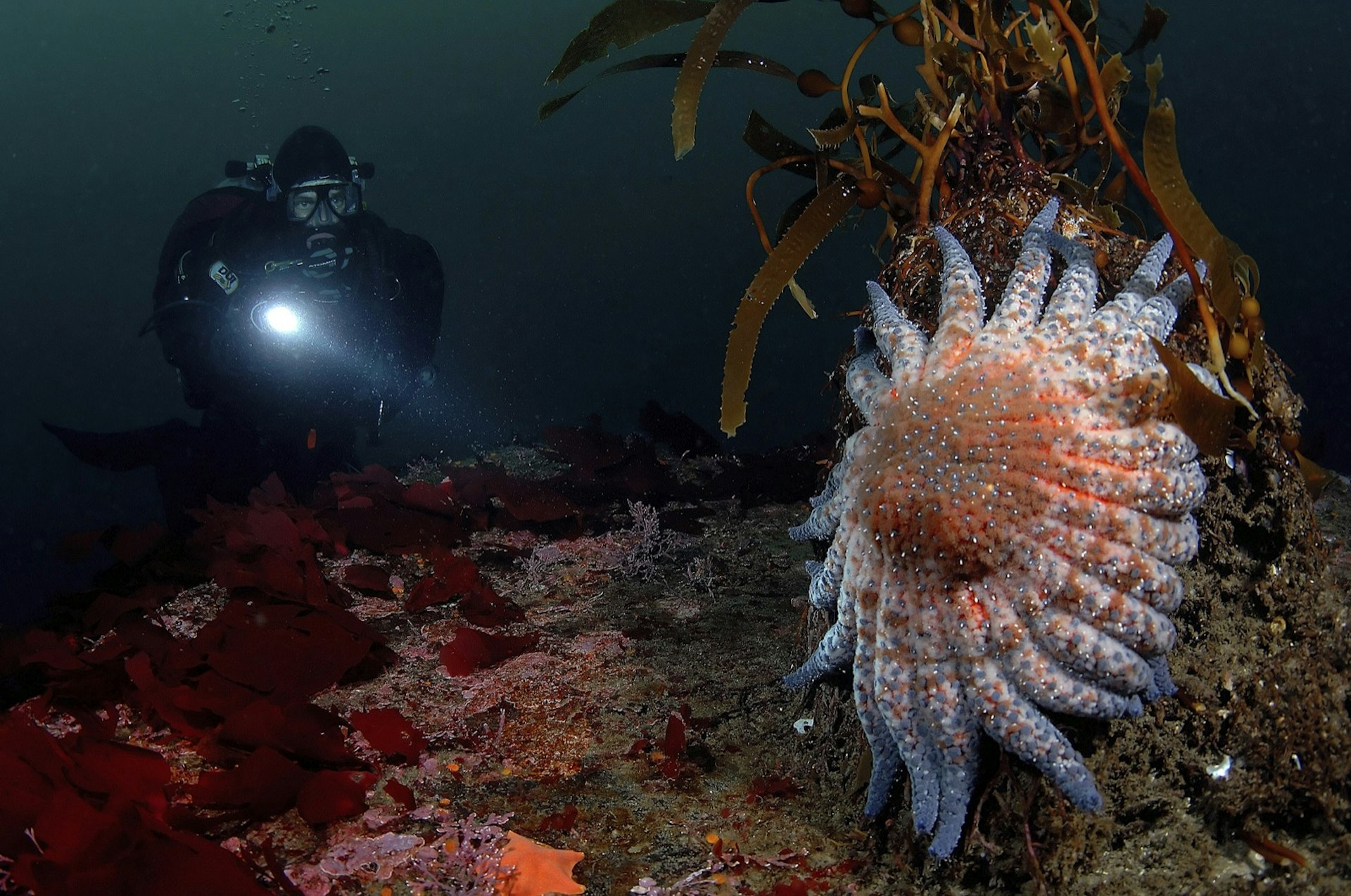
California's underwater marine life
The Channel Islands are remote specks of land flung off Southern California's sunshine coast. Protected as a US national park, several islands provide ideal habitat for pinnipeds – including northern elephant seals, sea lions and harbor seals – as well as seabirds and rare raptors like bald eagles and peregrine falcons. Surrounded by wildlife-rich ocean waters, the islands also harbor stunning dive sites, where you can encounter rays, sharks and more.
Monterey Bay is California's top cold-water diving spot, and it's so chilly you'll want a thick wetsuit year-round. The bay sits inside a national marine sanctuary that encompasses the mysterious, little-explored Monterey Canyon, where scientists are still discovering new species of deep-ocean dwellers. Closer to shore, nutrient-rich canyon upwellings support a profusion of marine life, including spectacular reefs.
This story was updated in May 2019.
